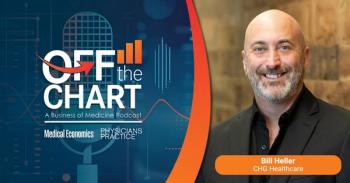
Patient age, body mass index, gender, race, comorbidities can affect prediabetes diagnosis
Screenings are appropriate, but diagnosis and treatment are “less consistent,” according to study.
Patient age, body mass index, gender, race and comorbidities might affect accurate diagnosis of prediabetes in
Prediabetes is
Nguyen, a resident focusing on general endocrinology at Scripps Clinic/Scripps Green Hospital in La Jolla, California, led a retrospective chart study of 20,061 patients at Scripps Clinics’ five locations in southern California for 2018 and 2019. Researchers identified all faults who qualified for a prediabetes diagnosis based on fasting blood glucose or HbA1c levels. Those with a billable condition were included in the intervention group. The others were part of the control group. The researchers looked at whether factors such as the patients’ age, BMI, gender, race and certain comorbidities are associated with being correctly diagnosed, according to the news release.
Among the patients, 7,575 were correctly diagnosed with prediabetes. Only 37% of the patients were diagnosed with prediabetes or impaired fasting blood glucose. Of those, 93% qualified by HbA1c levels.
Having obesity or overweight, being female, of Asian race, and living with comorbidities including lipid disorders and conditions requiring steroids, were linked to a correct diagnosis of prediabetes. Other factors, such as being male, Black and having comorbidities requiring immunosuppressants, antineoplastics and iron replacements were negatively correlated with a correct prediabetes diagnosis, according to the study.
“This study demonstrates that the condition is often
“Overall, this research reveals inherent biases that health care providers might have when diagnosing prediabetes and serves as a call for reflection within the provider’s practice,” Nguyen said.
Newsletter
Stay informed and empowered with Medical Economics enewsletter, delivering expert insights, financial strategies, practice management tips and technology trends — tailored for today’s physicians.








